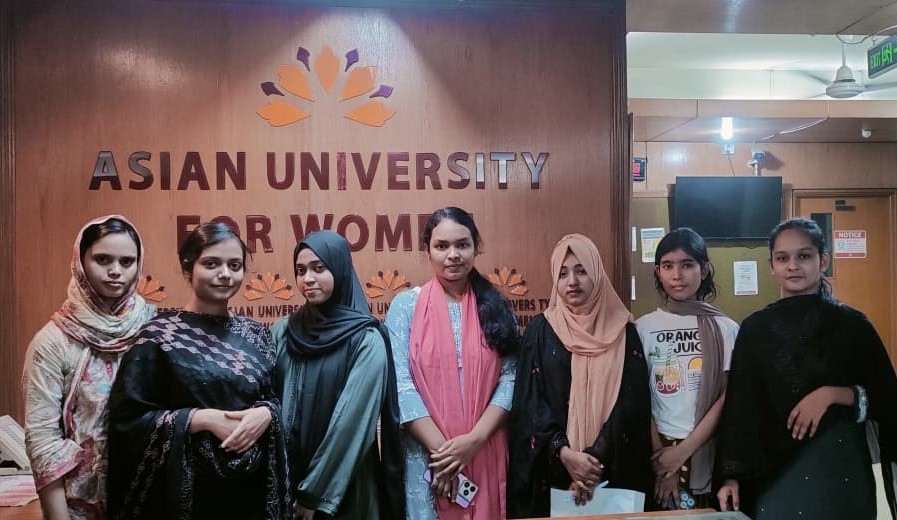By Ferdaus Ara Begum
The Light Engineering Sector (LES) has been recognized as a thrust sector in the Export Policy (2015-2018), termed as a high priority sector in the Industrial Policy (2016-2021) and acknowledged as a booster sector in SME policies. Its prioritization has also been mentioned in the Seventh Five Year Plan (SFYP) due to its employment generation capabilities which can lead to poverty alleviation, thus helping meet targets in the Sustainable Development Goals (SDGs).
Studies indicate that more than 40,000 Light Engineering (LE) projects are in operation throughout the country. Currently, around 10,000 types of different items are manufactured for local Bangladeshi industries. As demand grows for engineering and electronic goods, so does demand for light engineering products.
Among its other prominent features, the LES helps create SME regional dispersion as they are mostly established in remote areas of the country. This helps it create a link between manufacturing industries and agricultural components within the country while reducing rural poverty at the same time.
The sector has been saving around $480 million for the country by producing import substitutes as per calculations from the past three years. However, the size of the global market is around $6 trillion as of 2013, which implies there is still a massive scope in this area for Bangladesh. The LES comprises of 1.5% of our export basket as of the financial year closing June 2016 and its growth can help further diversify the country’s export mix. The export figure from these products stood at $510.08 million in FY 2015-16, a figure which was $447million in the previous year. If this gradual increasing trend can be maintained over the next 5 years, Bangladesh could eventually see exports rise above the $2 billion mark.
Among its other prominent features, the LES helps create SME regional dispersion as they are mostly established in remote areas of the country. This helps it create a link between manufacturing industries and agricultural components within the country while reducing rural poverty at the same time. It contributes to the industrial sectors of the country by producing spares parts for automobiles, marine tech, agriculture, textile, capital machineries, jute & tea processing, food processing, furniture, etc; thus, it is creating a silent revolution as an important labor intensive sector.

Some of these LE products, such as bicycles, boilers, washing plants, and UPS batteries have gained recognition in the global markets. Bearing this in mind, it is important for the development of this sector that a level playing field is provided so its entrepreneurs can thrive and help the country’s economy further. For this to happen, policy support from the government is essential so it can grow like other prominent sectors in the country like the RMG and leather industries.
Challenges Ahead
This fascinating sector faces 4 major problems:
i. Access to raw materials
ii. Access to finances
iii. Lack of innovation
iv. Maintaining quality
Although the operators in this sector are scattered throughout the country, they are all working using semi-modern or conventional machineries. The domestic market for these products is gradually growing with the increase in GNI per capita, and with the gradual increase of GDP. Concerned entrepreneurs believe that the technical expertise required for this sector is available within the country but it still requires a push in order to involve a greater number of people. Maintenance of quality and standard is one of the prerequisites to establish it as an import substitute sector. However, for this to be achieved, quality infrastructure has to be developed. As a state organization, the Bangladesh Standards and Testing Institution (BSTI) with its limited capacities will be unable to provide the required services to help this sector grow. Therefore, the government along with the private sector must extend their combined support to help eradicate these sectoral hurdles.
The basic raw materials required for the sector were available in the past but recently due to the closure of some larger industries in areas such Chittagong, LES firms are faced with a resource crisis. This has forced them to import the required raw materials which obviously mounts further pressure on the cost side of their operations. In this regard, backward linkages with larger industries will be essential. This will this help facilitate their access to raw materials at lower costs.

The access to finance for these firms is a critical issue. These SMEs are not very attractive customers for banks and financial institutions which makes it difficult for them to attain funds from these channels. The government has made its efforts to support SME financing, however, this process is still in its primary stages.
In Bangladesh, the investment policies are favorable (on paper) and economic zones are in the offing. Nonetheless, the problems of most industries are not being addressed in a consolidating and systematic manner. Tax holidays are available, machineries are availing zero duty benefits and primary raw materials are supposed to enjoy the lowest tier of duties. Despite all these benefits, the manufacturing sector is facing serious uncertainty in the face of huge low quality imported goods, while LES entrepreneurs are confident that if the required policy support is available, they can meet the total domestic demand and even be ready for export.
The access to finance for these firms is a critical issue. These SMEs are not very attractive customers for banks and financial institutions which makes it difficult for them to attain funds from these channels.
Continuity and consistency of policies is one of the priorities to attract domestic and foreign investment. The export of bicycle from Bangladesh is already close to the top 10 international exporters. Bangladesh’s export of bicycles was $105.08 million in 2012-13. Today it has further increased, reducing the gap with the top tier of exporters. Policies would need to be framed in such a manner that will gradually allow domestic and export markets come closer to the required direction.
According to our policies, the sector is supposed to receive the facilities to grow further but in practice, there is a lack of synchronization. Along with this, the gaps of understanding between the public and private sectors are hindering its progress. A strong Public-Private platform like BUILD can raise these issues in a systematic manner so they can be fixed. In doing so, we will see a thriving Light Engineering Sector in the country which can help fulfill the employment generation targets of the SFYP of more than a crore.
The writer is the CEO of BUILD, a partnership organization of DCCI, MCCI and CCCI. She can be reached at ceo_build@outlook.com















